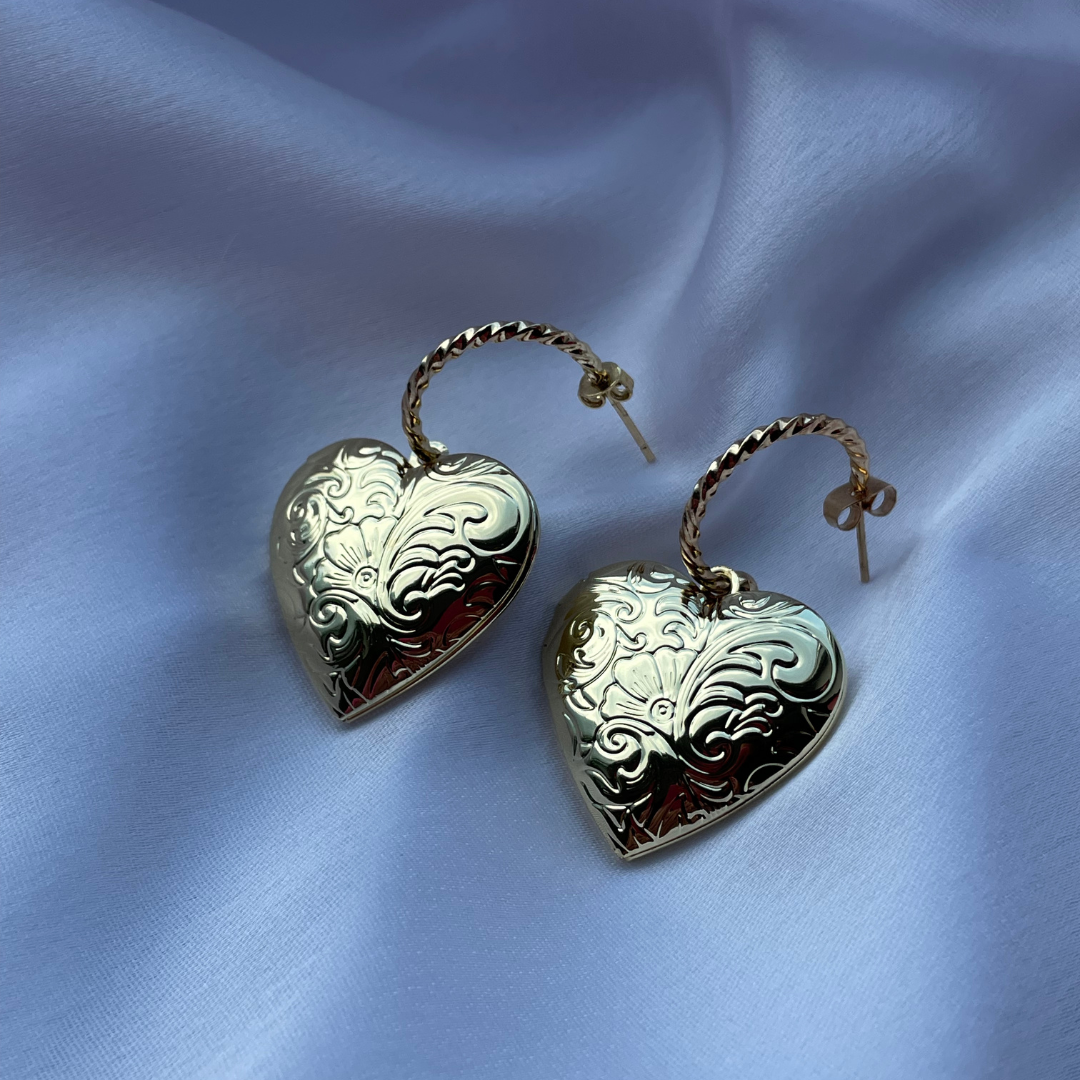Jewelry is more than just an accessory; it’s often a reflection of personal style, sentimental memories, or a special gift. Whether it’s an heirloom passed down through generations or a modern piece that adds sparkle to your everyday look, taking care of your jewelry ensures it stays beautiful and lasts for years. In this guide, we’ll walk through the common causes of jewelry damage and practical tips to protect your treasures from everyday wear and tear.
Daily Wear and Tear
Even though many of us wear our favorite pieces daily, constant exposure to different environments can lead to gradual damage. Simple activities such as typing, cooking, or even sleeping can cause small scratches, loosening of stones, or wear down metals over time. While daily wear might seem harmless, these minor damages accumulate, reducing the longevity and shine of your jewelry. The best tip is to designate specific pieces for daily wear and others for special occasions, ensuring the most delicate items get their deserved rest.
Improper Storage
Improper storage is one of the leading causes of jewelry damage. Many people toss their rings, necklaces, and bracelets into drawers or boxes without much thought, resulting in tangling, scratches, or stone displacement. Storing pieces together, especially those of different metals or with gemstones, can lead to unnecessary friction and damage. Always use individual pouches or soft compartments to keep each piece separate and in pristine condition.
Exposure to Chemicals
Harsh chemicals are a jewelry piece's worst enemy. Everyday products like lotions, perfumes, hair sprays, and cleaning agents can tarnish metals, dull gemstones, or weaken settings. Jewelry should be the last item you put on and the first thing you take off when getting ready. This simple habit protects your jewelry from coming into contact with chemicals, keeping them sparkling and safe for longer.
Physical Impact
Jewelry is vulnerable to physical impact, especially rings and bracelets. Whether you accidentally knock your ring against a hard surface or drop a necklace, these impacts can cause dents, scratches, or even cracks in delicate stones. Be mindful when wearing jewelry during activities that involve a lot of movement, such as housework, sports, or manual labor, as these increase the likelihood of damage.
Avoiding Hard Surfaces
Accidentally knocking your jewelry against hard surfaces is one of the easiest ways to damage it. Stones can chip or become loose, and metals can scratch or dent. Whether you're at the office, out for dinner, or just at home, it’s wise to be mindful of how you move your hands and where you place your jewelry. For example, placing rings in a soft case while typing or removing bracelets during certain activities can help prevent unnecessary contact with hard surfaces.
Storage Solutions Matter
Where and how you store your jewelry makes all the difference in its longevity. Humidity, light, and friction between different pieces can cause a lot of damage over time. Opt for soft-lined jewelry boxes, anti-tarnish pouches, or velvet trays to store your pieces. Avoid hanging necklaces out in the open, as exposure to air can tarnish certain metals. For rings and bracelets, consider individual compartments to prevent scratches.
Humidity and Temperature Changes
Humidity and extreme temperature changes can cause metals to tarnish and weaken, while gemstones can become cloudy or lose their luster. Jewelry made from materials like silver is especially prone to tarnishing in humid environments. To prevent damage, store your jewelry in a cool, dry place. Use silica packets or anti-tarnish strips in your jewelry box to keep moisture at bay.
Lack of Regular Maintenance
Just like cars, jewelry needs regular maintenance to ensure it remains in top condition. Failing to check for loose stones, worn-out clasps, or bent prongs can result in significant damage or even loss of pieces. A quick inspection every few months can save you from costly repairs or the heartbreak of losing a precious gem. If you notice any signs of wear, it’s best to address them early.
Importance of Cleaning
Regular cleaning is vital for keeping your jewelry sparkling and free from buildup. Dirt, oils, and residue from daily wear can dull your pieces and affect their appearance. For regular cleaning, use a soft cloth or a gentle cleaning solution specifically designed for jewelry. Avoid using abrasive materials, which can scratch metals and stones. Clean your pieces at least once a month to maintain their brilliance.
Professional Inspections Needed
Even with regular cleaning and maintenance, it’s a good idea to have a professional inspect your jewelry periodically. Jewelers have the tools and expertise to spot small issues you might overlook, such as weakened prongs or invisible cracks in gemstones. A professional inspection every six months ensures that your jewelry is in good health and catches any potential problems before they escalate.
Routine Checkups Recommended
Routine checkups are crucial for long-lasting jewelry. These inspections involve checking for any loose stones, bent prongs, or worn-out clasps that can lead to further damage if left unchecked. Taking your jewelry for routine checkups not only ensures it stays in top condition but also extends its lifespan, preventing costly repairs or irreversible damage down the road.
Cleaning Mistakes
One of the most common mistakes people make is using the wrong cleaning techniques for their jewelry. Harsh chemicals, rough brushes, or ultrasonic cleaners can cause more harm than good, especially for delicate or vintage pieces. Always research the proper cleaning method for each type of material, whether it’s gold, silver, or gemstones. When in doubt, take your jewelry to a professional jeweler for cleaning rather than risking damage at home.
Wearing While Exercising
Many people make the mistake of wearing their jewelry while exercising, not realizing the damage it can cause. Sweat can accelerate tarnishing, and vigorous movement increases the chances of scratches or knocks against hard surfaces. Rings and bracelets, in particular, are prone to damage during workouts. It's best to remove jewelry before hitting the gym to prevent unnecessary wear and tear.
Conclusion
Caring for your jewelry is essential to keep it looking beautiful and prevent avoidable damage. From avoiding chemicals to storing your pieces properly, small actions can significantly extend the life of your jewelry. Regular maintenance, proper storage, and professional checkups are key steps in preserving your favorite pieces. By following these tips, your jewelry will continue to shine, looking as stunning as the day you first wore it.






